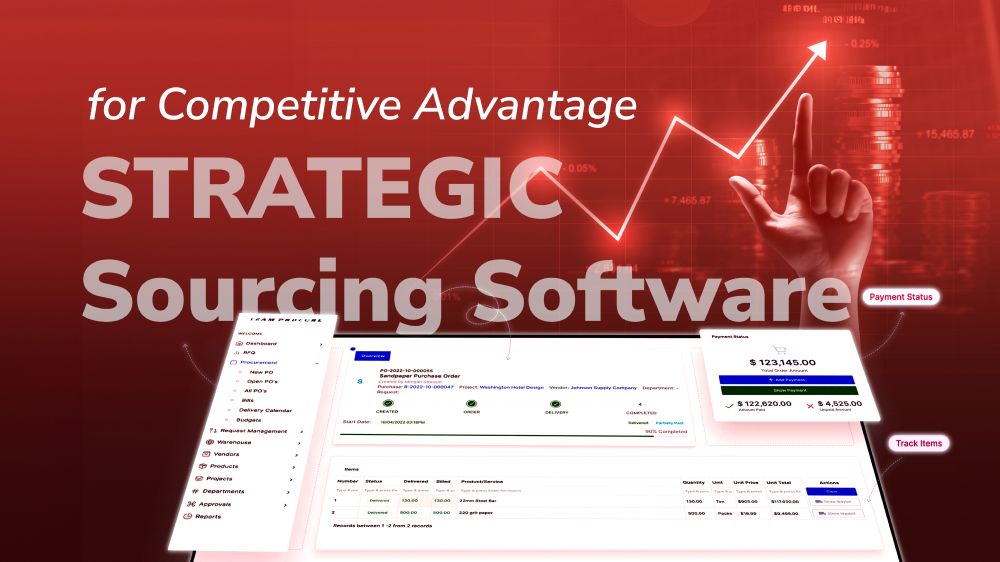The Biggest Software Outsourcing Challenges & How to Navigate Them

Content Map
More chaptersThe world has witnessed the rise of IT outsourcing over the past few years on a global scale, and segment software development outsourcing is one of the most used functions, among others. In brief, outsourcing is the practice of subcontracting software development to a third-party development team to work on an individual software project or, in some cases, entire products. The outsourcing services in this segment are now diverse in types (mobile development, web application development, or else) and models, making it a powerful solution that can be tailored to fit the customers’ unique business objectives.
Software outsourcing offers a plethora of benefits, typically mentioned access to talented global resources and cost-effectiveness, which are the two most fundamental pain points IT businesses are dealing with. However, outsourcers do have some hurdles to worry about when hiring and working with an outside party, whether it is onshore, nearshore, or offshore outsourcing. Positively, there will be no challenge that cannot be overcome, especially when you are well aware of it beforehand. Don’t be overconfident because even technology leaders may meet challenges when they outsource software development projects to external parties.
Outsourcing Software Development Services Is Still on the Rise
Is software outsourcing still “alive” in the new normal post-Covid-19 pandemic? Absolutely! On the contrary, it is healthily increasing at a rapid pace. There is still a debate around the topic of whether an in-house team or an outsourcing development team will be better, but no business owner can neglect the positive impacts outsourcing has on their software projects.
According to Statista, the global IT outsourcing industry, including several segments, earned revenue of nearly 400 billion U.S. dollars in 2022; it is projected to hit $430.50 billion in 2023. And software development outsourcing alone contributes more than 50% to the global outsourcing value.
Compared to the global market size years ago, IT outsourcing has made it this far thanks to globalization, digital transformation needs, neck-breaking speed changes in technology, and the competitive IT market, not to mention the unexpected impact caused by the global pandemic. The number does not lie, and it shows us that the demand for software development outsourcing services is increasing without any sign of slowing down in the upcoming years.
Top 6 Common Challenges When Contracting Out a Software Development Project
No one should or can deny the tangible benefits that software development outsourcing, in particular, and IT outsourcing, in general, can bring. However, the process of outsourcing a contractual business to an intermediary is not associated with only advantages but also may be fraught with difficulties, risks, and potential repercussions if not done carefully. Fear not because any business that jumps on the bandwagon of IT outsourcing will encounter one or more of the following challenges and may suffer from them at some levels, and you are not the only one. The sooner entrepreneurs come prepared, the easier and less painful they can navigate through them. Wait no more; let’s come to some common software outsourcing challenges:
Trust Issue
Not all service providers can be guaranteed the same level of quality and transparency, so it is unavoidable to harbor some concerns about your offshore team and partner as you will entrust the software development process to them and work together from different parts of the world. This makes mutual trust a little bit hard to nurture, especially if it is a first-time collaboration. Without trust, building a relationship with your outsourcing partner will be doubly difficult, affecting the entire project and its timeline.
At this point, the selection is the key to success, and there are a few critical steps to somehow prevent trust issues from occurring in advance. Firstly, decide the most reliable location to seek partners. Developed countries tend to delegate their project management and development needs to less developed countries to leverage the competitive edge of costs. At this point, the Asia-pacific area is the optimal option at hand since there are many reliable IT powerhouses within this region, such as Vietnam – the one with a lot of potential and advantages for IT business. Each country will offer different benefits as well as have its own disadvantages regarding development projects. So, it is up to your needs and which outsourcing model you would like to hire.
Secondly, choose the right software development partner. Of course, it is easier said than done. Do a thorough background check, read customer reviews, and go for the ones with long-standing working relations and history. Consider consulting this to-do list to ease your selection process.
Last but not least, bet on your choice. As long as you have rigorously assessed different outsourcing companies and decided on the final option, the next thing to do is believe in your choice because solid business relationships always start with trust. And note that trust will not be gained within days, but it will be after a proper time of collaboration.
Communication Breakdowns
More often than not, language barriers, geographical distance, time zones, and cultural differences hinder the process of hiring outsourced developers and the communication line between stakeholders and team members, creating a gap in information exchange and collaboration from within. In time, it results in miscommunication or, even worse, leads to trust issues and conflicts between your internal team and the outsourced team.
You first need to accept the fact that there are and will always be differences between you and your offshore software development team, but do not let poor communication stands in your way. You should set up clear expectations from the get-go to prevent any confusion that could arise during the project’s course. Hence, both parties should consent to one common language for communication, define transparent communication protocols and processes, and employ tools. Moreover, schedule daily or weekly meetings, set up task management systems, outline the key milestones of the project, as well as map out an agreed-upon communication plan and adhere to it. This way, you can keep everyone connected and updated on changes in real-time.
Hidden Costs Due to Loopholes in Contracts
Outsourcing is one of the recommended ways to save your project from hidden costs; then, how could we be concerned about cost-related issues? It is because comprehensive contracts can be complicated and technical, having loopholes that an outsourced partner may exploit to squeeze extra charges out of their clients. Be careful about this matter, as it may jeopardize your entire effort of outsourcing development projects. To ensure each party sticks to the agreement, organizations should do an in-depth review of the contract before signing it, clearly understand all its clauses, and discuss with their partners any additional fees included in the service package.
Delays & Inaccurate Delivery
Undoubtedly, there are some risks when it comes to timely delivery and accuracy of the delivered work. Generally speaking, the lack of proximity between you and your offshore software development company is still a primary factor in causing delays. In this situation, it is better to document everything in your contract, like project objectives, timeline, expected results, and so on. Also, make sure to monitor the progress of the outsourced project using the proper tools. Establishing regular performance reviews can help you identify any potential problems or challenges early on and find solutions accordingly.
Project Scope Creep
In most cases, project scope creeps occur due to unclear delivery expectations or when there is no well-defined requirement. It leads to budget and timeline overages if it is not appropriately managed. Speaking of solutions for this, you should create a detailed plan for the entire cycle of the development process so that all stakeholders involved can refer to it. On top of that, do not forget to list every task, its description, and the estimated duration of completion. Implementing such an approach will ensure that everyone is on the same page throughout the entire process, and any changes to be made should be discussed in advance with due consideration of their impacts on the timeline and budget. One more thing, make sure you work with a remote team that is well-versed in agile methodology and is an expert in scope management.
Security Threats
Data security is another issue that outsourcing development projects might bring about due to data exchange taking place in the cloud. You should always ensure your outsourced teams are using secure network connections and that all confidential details remain inaccessible to any third parties. To mitigate this risk, you may consider implementing advanced authentication methods such as two-factor authentication or using encryption to ensure that personal or vital data is kept safe. Additionally, you should also take the necessary steps to train your off-site dedicated team on secure coding techniques and best practices.







